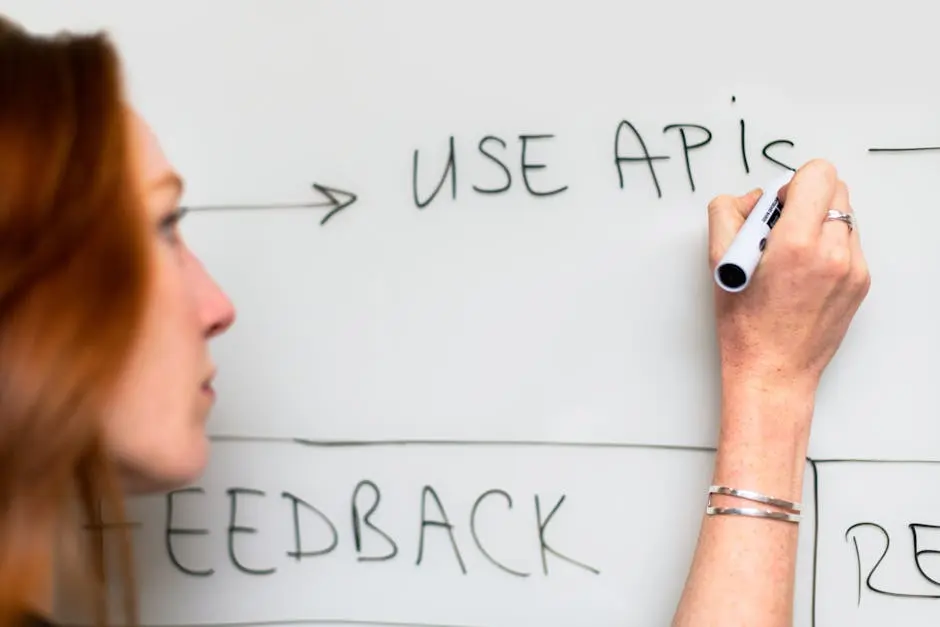Creating a Minimum Viable Product (MVP) is a crucial step in app development. It allows you to test your ideas and gather essential user feedback without investing too much time or resources. In this blog, we’ll explore some practical tips to help you collect that valuable input from your users, ensuring your app’s success.
1. Engage with Your Early Adopters
Early adopters play a crucial role in shaping your app’s future. By engaging with them directly, you can get honest insights and feedback. Create a community or forum where they can share their thoughts freely.
Consider using platforms like Discord or Slack to create an exclusive space for your early adopters. These communities thrive when members feel valued and heard. In addition, these platforms allow you to engage in real-time discussions and address any concerns promptly. By setting clear guidelines and encouraging constructive discussions, you create a welcoming space that not only gathers feedback but also builds brand loyalty. Your early adopters can be your most passionate advocates if they see their feedback driving change in the app.
2. Utilize In-App Surveys
Incorporating short surveys within your app can help you gather targeted feedback. Keep questions concise and focused to ensure you get the most relevant insights from your users.
Surveys can be strategically placed at natural endpoints within the app, such as after a user completes an important task. This timing increases the likelihood of participation, as the experience is fresh in the user’s mind. Use a mix of quantitative questions, like rating their experience, and qualitative ones, allowing them to express their thoughts in detail. This combination helps you paint a fuller picture of user satisfaction and areas needing improvement.
3. Conduct User Interviews
User interviews provide in-depth understanding of user needs and preferences. Taking the time to speak with users one-on-one can uncover valuable insights that you might not get from surveys alone.
Conducting user interviews might seem resource-intensive, but the depth of insight you gain can be invaluable. By understanding the context of how users interact with your app, you can identify pain points that aren’t always evident in quantitative data. Plan your interviews to cover specific app features or scenarios, and be attentive to the recurring themes in user responses. These conversations can reveal foundational insights that guide not only your current MVP enhancements but also future development directions.
4. Leverage Social Media Platforms
Social media is a powerful tool for collecting feedback. Engage with your audience on platforms like Twitter, Facebook, and LinkedIn to gather real-time responses and ideas.
One effective strategy is to use social media polls, which are an engaging way to collect binary or multiple-choice feedback quickly. Additionally, posting regular updates about app enhancements can encourage users to share their thoughts spontaneously. Keep track of comments and messages for organic discussions about user preferences and feature demands. Each interaction is an opportunity to deepen your understanding of your users and refine your app’s value proposition.
5. Implement Feedback Loops
A feedback loop is crucial for continuous improvement. Regularly update your MVP based on feedback received, and then seek further input on those changes to ensure you’re moving in the right direction.
The implementation of feedback loops requires a systemized approach to processing and integrating user input. Begin by categorizing feedback according to its relevance and impact, and prioritize changes that will most benefit your user base. It’s also important to communicate these updates back to your users, showing them that their input is valued and has tangible outcomes. This transparency builds a collaborative relationship, fostering a community that feels invested in your app’s development journey.
6. Monitor Analytics for User Behavior
Analytics can provide quantitative data on how users are interacting with your app. By understanding user behavior, you can make informed decisions on what features to enhance or modify.
Analytics platforms like Google Analytics or Firebase can offer insights into user sessions, drop-off points, and feature utilization rates. A thorough analysis can reveal unusual patterns; for instance, if users are consistently abandoning a process steps away from completion, this might indicate a UX issue. Identifying these patterns enables you to optimize and streamline user experiences, enhancing satisfaction and retention in the process.
7. Create an Open Feedback Channel
Establishing a channel where users can easily send feedback ensures you’re accessible and open to improvements. Consider options like a dedicated email address or a feedback form on your website.
An effective feedback channel can also involve embedding a feedback widget directly into your app. This allows users to leave immediate feedback, potentially during their interaction with problematic features. Such channels should be simple to use, encouraging users to participate with minimal effort. Moreover, an integrated feedback system can make users feel their opinions are valued and considered, further enhancing their loyalty to your brand.


